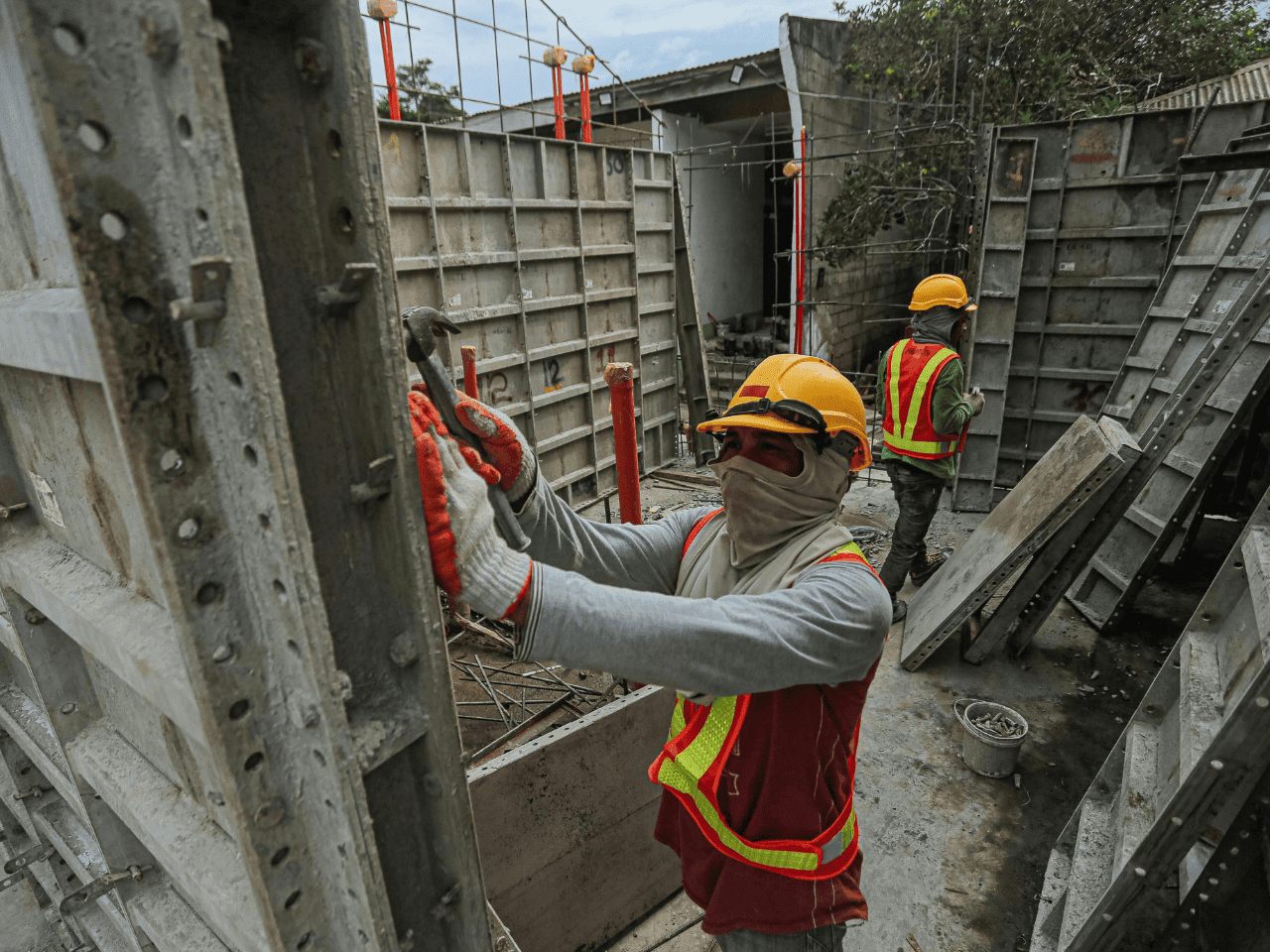The World Economic Forum believes that digitalisation is a $1 trillion opportunity for the oil and gas supply chain. By utilising emerging digital solutions aimed at areas like asset lifecycle management, collaboration and customer engagement, oil and gas companies in Europe can transform their business and operational models.
But, it is not as simple as putting digital solutions in place and letting them work their magic.
The oil and gas sector has a number of barriers to change resulting in the industry lagging behind others in digitalising their supply chains. Firstly, the industry’s regulatory frameworks were not created with the kind of data sharing we see today, in mind. Secondly, there has been a lack of data standardisation and data sharing throughout the industry’s ecosystems – the rush to get first oil often leads to speed being prioritised above efficiency, causing costs to rise.
While oil and gas companies are a little tentative about digitalisation, the benefits are becoming clear in other industries. Digitalisation represents a clear opportunity for upstream companies and the oil and gas supply chain as a whole.
Here’s how the industry can start catching up.
The potential benefits to oil upstream businesses
For upstream oil and gas companies in Europe, digitalisation could save up to $73 billion a year. Exploration and oil and gas production require the analysis of huge amounts of seismic and geological data, as well as complex supply chains made up of offshore platforms and other complex assets. Projects also routinely take place in high-risk environments.
Energy consultancy Wood Mackenzie thinks the key to reducing costs and risks is leveraging digital solutions from outside the industry, rather than relying on in-house approaches. Industries like manufacturing and retail have seen a large take-up of digital solutions that helps improve responses to demand, anticipate bottlenecks and increase their efficiency.
The insights from these industries could be applied to upstream oil and gas supply chains. Advanced data analytics are an important way that companies can avoid potentially costly disruptions, while prescriptive maintenance can lead to big reductions in the amount of downtime on sites. Production costs can be lowered through the introduction of machine learning and the internet of things (IoT).
We are currently in the middle of a period of intense technological innovation. From energy to healthcare, start-ups and established companies are introducing solutions that are rewriting the way industries operate on a daily basis. Oil and gas should be no different.
Supply chain digitalisation: a key opportunity
As well as changing the way oil and gas is found and extracted, digitalisation could have largescale effects on the way that the industry’s supply chains operate. The huge number of technological innovations emerging promise to make supply chains less linear and more interconnected. From enabling faster, more informed decision making to breaking open the functional silos that have previously impaired data sharing, digitalisation can help buyers and suppliers connect and collaborate more effectively.
Obviously, we think this is a great thing. But a 2017 McKinsey survey showed that most supply chains only had a digitalisation level of 43%. This is despite supply chain transparency being cited by many as a key operational objective. Oil and gas companies in Europe are ignoring a key tool in delivering this objective, and a number of commonplace procurement challenges could be the reason why.
Procurement decision makers can often see how a digital solution could benefit their operations, but a lack of budget and organisational urgency, as well as the problem of integrating new tech into legacy systems, often stands in the way. This makes the task of clearly identifying the right digital solutions and their benefits even more crucial.
Adding value to the oil and gas supply chain
A key part of increasing the digitalisation of oil and gas supply chains is communicating the benefits. Let’s take a quick look at some of the key technologies:
Artificial Intelligence (AI)
The main benefit of AI comes from the automation of repetitive and time consuming processes such as vendor screening and pre-qualification. The time and cost savings that could result from moving these tasks onto intelligent automated systems could be significant.
But it doesn’t have to end there. Virtual personal assistants and cognitive procurement advisors are also capable of providing audit summaries and making recommendations on qualified suppliers, performance and risk management. AI can also take an organisation’s decision making to the next level by analysing historical data, known failure points, geological and seismic data and any other relevant information in a matter of seconds.
Big Data and predictive analytics
The oil and gas industry is defined by complex and often challenging global supply chains. Advanced data analytics can help buyers collect, verify and utilise huge amounts of data. This has a range of potential benefits, from making supplier on-boarding consistent and addressing common bottlenecks like poor inventory management and delayed shipments.
Better use of data can make supplier profiling and on-boarding much faster. Supplier databases that allow procurement teams to quickly search through companies to find the information they need, such as prequalification, compliance and financial information, puts all the required information in a single place.
Achilles insights goes a step further with advanced analytics on real time supply chain data. Request a demo from our team.
Internet of Things (IoT)
Cloud computing and IoT are coming together to create networks of connected devices and workers at every stage of the oil and gas supply chain. The two main benefits of this are remote management of workforces and real time monitoring of processes and equipment. For workers distributed across wide working areas, cloud computing allows their operations to be coordinated centrally. Similarly, site managers can keep a real time view of every aspect of their operations in a secure and auditable way.
The challenge for procurement professionals
Even though the benefits of digitalisation are clear for oil and gas companies in Europe, these doesn’t guarantee that procurement teams have an easy task implementing them. Even if they can secure enough budget and management buy-in, and then work out how to integrate their new solutions with their legacy systems, digitalisation could still prove a challenge.
It is important to leverage the experience and expertise that other sectors have built up after years of applying digital solutions to their supply chains. Sharing and learning from best practice from within the industry and from outside will be essential in overcoming these and reaping the potential rewards of digitalisation.
We can help you lead the way on digitalising your oil and gas supply chain. Our cross-sector expertise helps us draw on best practice from across the world of procurement and supply chain management.
Our Oil and Gas Europe joint search brings together our Achilles JQS and FPAL communities, allowing buyers from all over Europe to work together. As many oil and gas companies move into renewables, for example, they are looking to harness the high level of expertise that UK and Norwegian operators have gained from decades of work in the North Sea. Oil and gas is a global industry, but one that still depends on local knowledge and expertise to get the best results. That’s exactly what our communities are all about.
Digitalisation is a huge opportunity for the oil and gas industry, and one which has not been harnessed yet. Hopefully, this will start to change soon.

